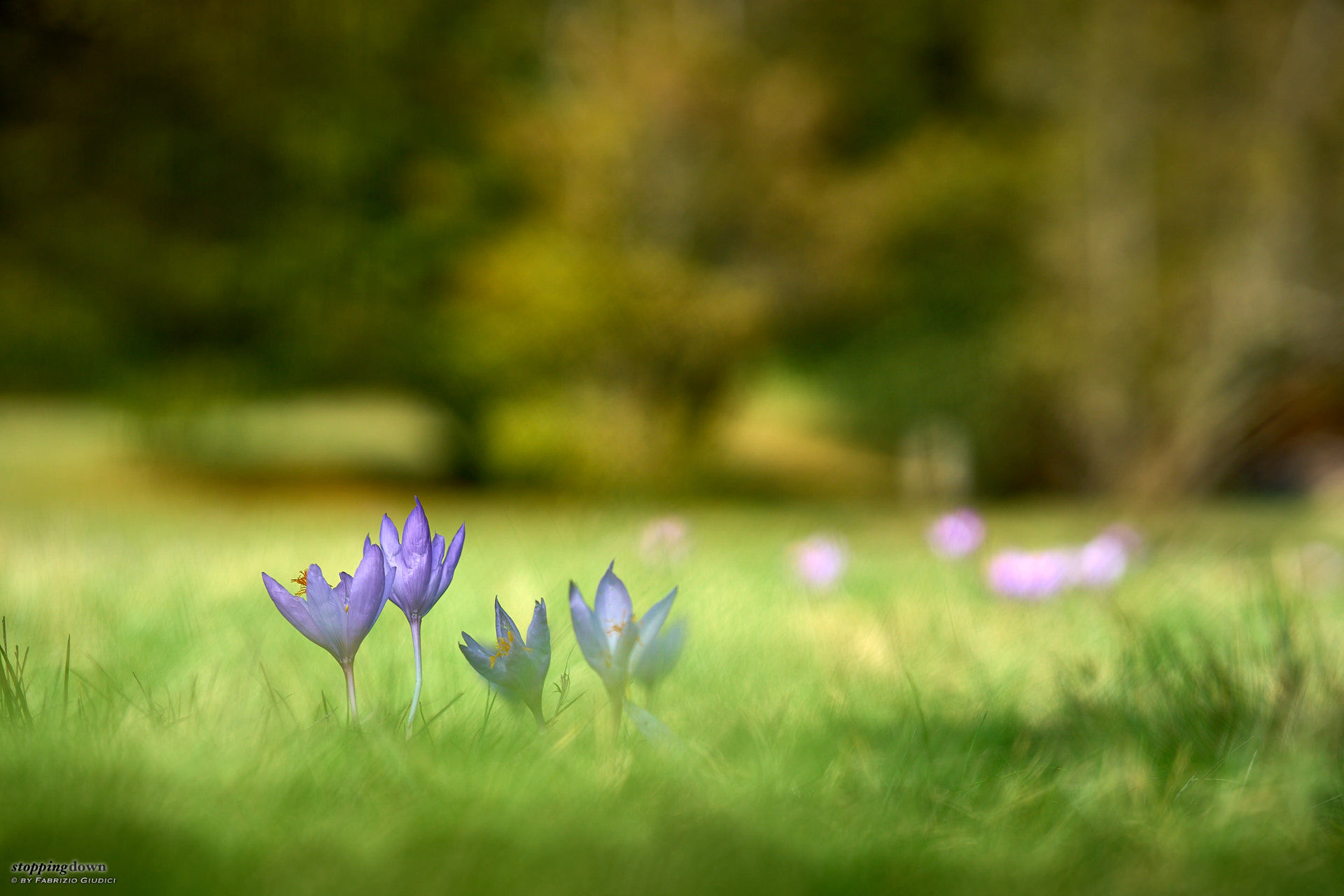Traduzione in italiano disponibile.
A week in August 2023 was particularly hot, so I spent many days walking along the beech forests of Monte Amiata, searching for a cooler temperature to practice some outdoor activity without excessive sweating. During the peak of Summer it was a refreshing place to be, but perhaps not the most exciting for photography: no flowers, no mushrooms, very few butterflies, scarce chances to meet wildlife. This doesn’t mean I could not find interesting subjects — indeed I should practice more to train my eye for spotting the less obvious opportunities — but after a few days I got a bit bored.
Sony α6300 + Samyang 75mm AF F1.8 FE @ 75 mm, 1/800 sec @ ƒ/2.5, ISO 100.
Zafferano ligure (Crocus ligusticus).
Sony α6000 + Samyang 75mm AF F1.8 FE @ 75 mm, 1/800 sec @ ƒ/1.8, ISO 100.
Cremesina uva turca (Phytolacca americana).
I thought: perhaps I should explore new ways to shoot common subjects. Using my all-purpose 18-50mm and 70-200mm zooms with a maximum aperture of ƒ/2.8 and ƒ/4 didn’t help in having more diversity in the kind of shots, that predominantly was the typical landscape-all-in-focus-at-ƒ/8 one — yes, ƒ/2.8 produces a shallower depth-of-field, but not so much on the APS-C sensor. So the idea of searching for a faster lens came to my mind.
Sony α6600 + Sigma 18-50mm F2.8 DC DN C @ 25 mm, 1/80-1/40 sec @ ƒ/8, ISO 100-400, HDR from two shots.
La faggeta a Pian della Pescina.
Zoom lenses with at least ƒ/1.8 are available, but they are large, heavy, and expensive; in contrast, fast prime lenses are more compact, lighter, and more affordable. They also encourage to escape from the lazy comfort zone of zooms. I already owned two very fast primes, but not long enough to avoid the “too many things” effect that you get in a woodland. Looking at my bag, I noticed a gap in the range 50mm–105mm; 75mm being the geometrical median that could fill it. That focal length could also be a complement to the 16-50mm zoom — which lacks the longest range of the SEL1670Z it replaced — without resorting to the bulkier 70-200mm zoom that sometimes is just too much for the day.
The 75mm length might sound as an atypical one, but indeed there is a handful of models available. Nevertheless, once one restrains the search to small and light ones, a single one comes out: the Samyang AF 75mm F1.8 FE. After a short evaluation of online reviews, it became the third Samyang lens in my arsenal.
While I do recommend evaluating and buying Samyang products, it’s a wise move to buy them from a seller with a liberal return policy, because quality control seems to be quite relaxed: my first Samyang product, the 12mm ƒ/2 prime manual focus, is slightly decentred (my bad, I didn’t discover that in time for a return); the 35mm ƒ/2.8 is absolutely ok, but I had to return the first copy I bought; and the same happened with the 75mm ƒ/1.8, for reasons that are explained below.
The bright aperture of this lens is also useful in low-light conditions. These cat portraits were shot indoors, with natural light and without a fill-in flash. During this session ISO reached extreme usable values, so without this fast lens these shots would have been impossible.
A fast prime lens can be used for landscape shots with foreground blur, a style that’s nearly impossible to achieve with my 70-200mm zoom lens at its maximum aperture of ƒ/4. The slightly nervous foreground blur, though, can be somewhat distracting in certain cases.
The double border in the second photo below is not the lens fault, but has been introduced in post-processing — my bad, so far I didn’t find a way to fix it.
Sony α6300 + Samyang 75mm AF F1.8 FE @ 75 mm, 1/2500 sec @ ƒ/1.8, -2.00 EV, ISO 100.
Gabbiano reale sugli scogli (Larus michahellis).
Sony α6300 + Samyang 75mm AF F1.8 FE @ 75 mm, 1/1600 sec @ ƒ/1.8, +0.70 EV, ISO 100
Paesaggio con Monte di Portofino.
Sony α6300 + Samyang 75mm AF F1.8 FE @ 75 mm, 1/2000 sec @ ƒ/1.8, -1.30 EV, ISO 100.
Paesaggio con Sant'Apollinare.
Shooting at full aperture in bright daylight often requires shutter speeds of 1⁄4000 sec. and maybe faster, not available on all camera bodies (unless you have a full electronic shutter, such the one of the Sony α6700 that goes up to 1⁄8000 sec.). Care must be taken to avoid burned highlights: for instance, by using a polariser or ND filter.
When the subject is far and/or there is no enough separation from background objects, 75mm at ƒ/1.8 doesn’t provide a strong blur, but it’s still enough to differentiate the shots from the classic ƒ/8 landscape ones, making the subject slightly stand out (to appreciate this effect large resolution images are needed, so please click on photos).
Sony α6300 + Samyang 75mm AF F1.8 FE @ 75 mm, 1/4000 sec @ ƒ/1.8, -5.00 EV, ISO 100.
La luce in fondo al tunnel.
Stopped down, the lens produces very sharp landscape shots; while images are not so different from those achieved with my 70-200mm zoom lens, it can be useful as a smaller and lighter replacement — if longer tele capabilities are not required.
Sony α6300 + Samyang 75mm AF F1.8 FE @ 75 mm, 1/320 sec @ ƒ/5.6, +0.70 EV, ISO 100.
Panorama con Isola Palmaiola.
Sony α6300 + Samyang 75mm AF F1.8 FE @ 75 mm, 1/1600 sec @ ƒ/18, -2.30 EV, ISO 100.
Barca a vela al tramonto.
Sharpness
On an APS-C 24MP sensor the centre is very sharp already from ƒ/1.8, with some softness at borders wide open — but borders are already sharp at ƒ/2.2. At ƒ/2.8 I can’t appreciate improvements in sharpness stopping down further, and actually LensTip and ePHOTOzine say that the APS-C performance peak is precisely between ƒ/2.8 and ƒ/4. On the other hand, at PhillipReeve they say that «it isn’t a lens where you can shoot at any aperture and never worry about sharpness. For landscape, you should stop down to f/8» and test images at midframe are worse than mine at borders. I think that copy variations are the cause for this different evaluations: another sample I had the chance to test, returned because of a slight misaligned diaphragm blade, was slightly sharper at the borders wide open, really not much different than stopped down. So it’s reasonable to say that the performance wide open of this lens is mostly excellent at center with slightly weaker borders, but in some samples they might be better or worse.
Test images have been post-processed as in my usual workflow, including +350 sharpness in Capture One. Exposure has been fixed in order to compensate vignetting where needed.
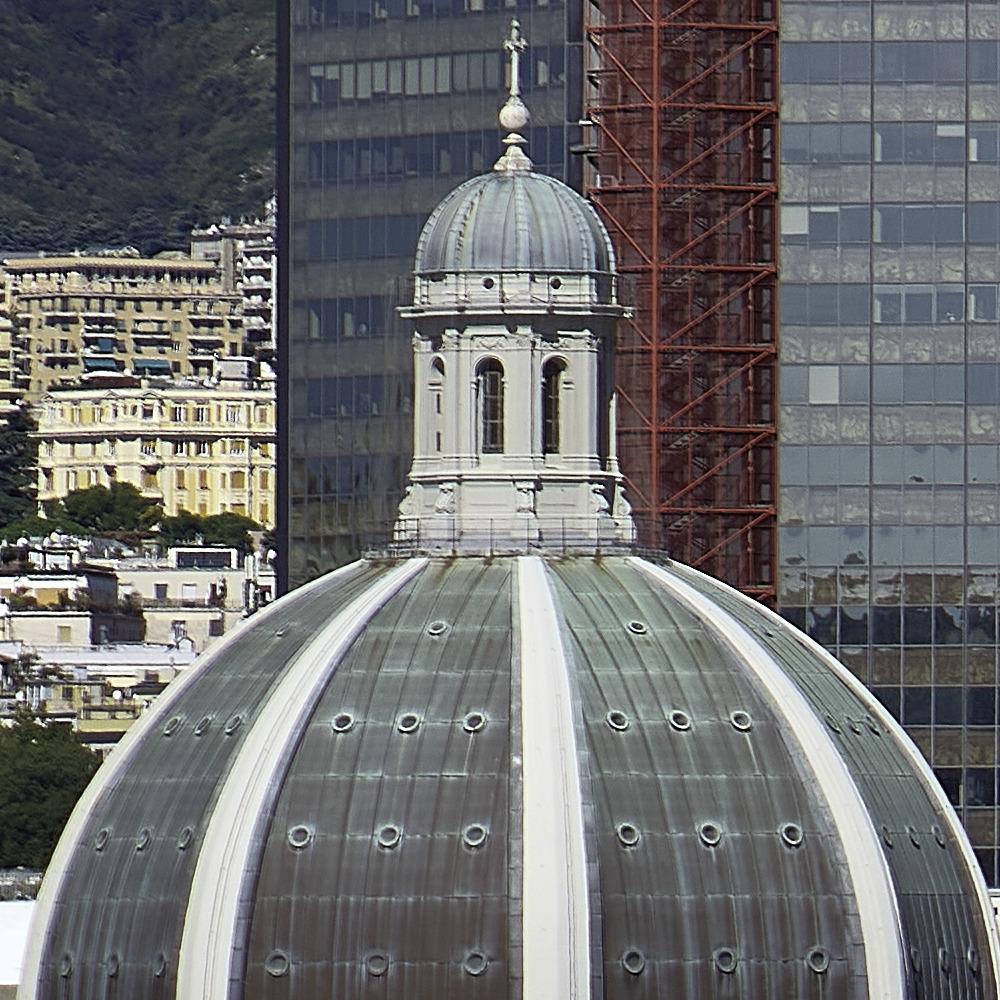 | 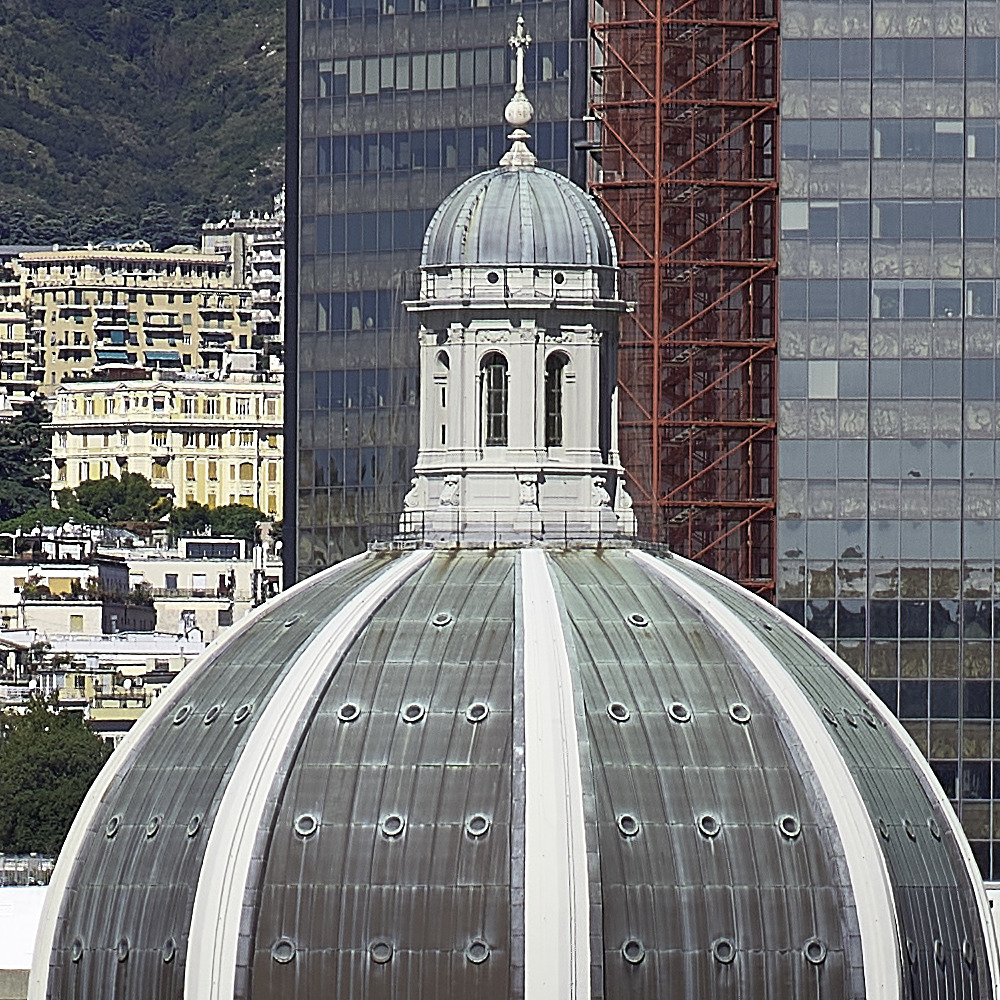 |
| S75-75f18l | S75-75f18c |
Compared to Sony FE 70-200mm F4 G OSS, at ƒ/4 the lens looks a tad sharper than the Sony zoom at the center, and definitely more at the borders; stopping down to ƒ/5.6 and ƒ/8 the Sony zoom improves, but the Samyang prime still keeps the lead.
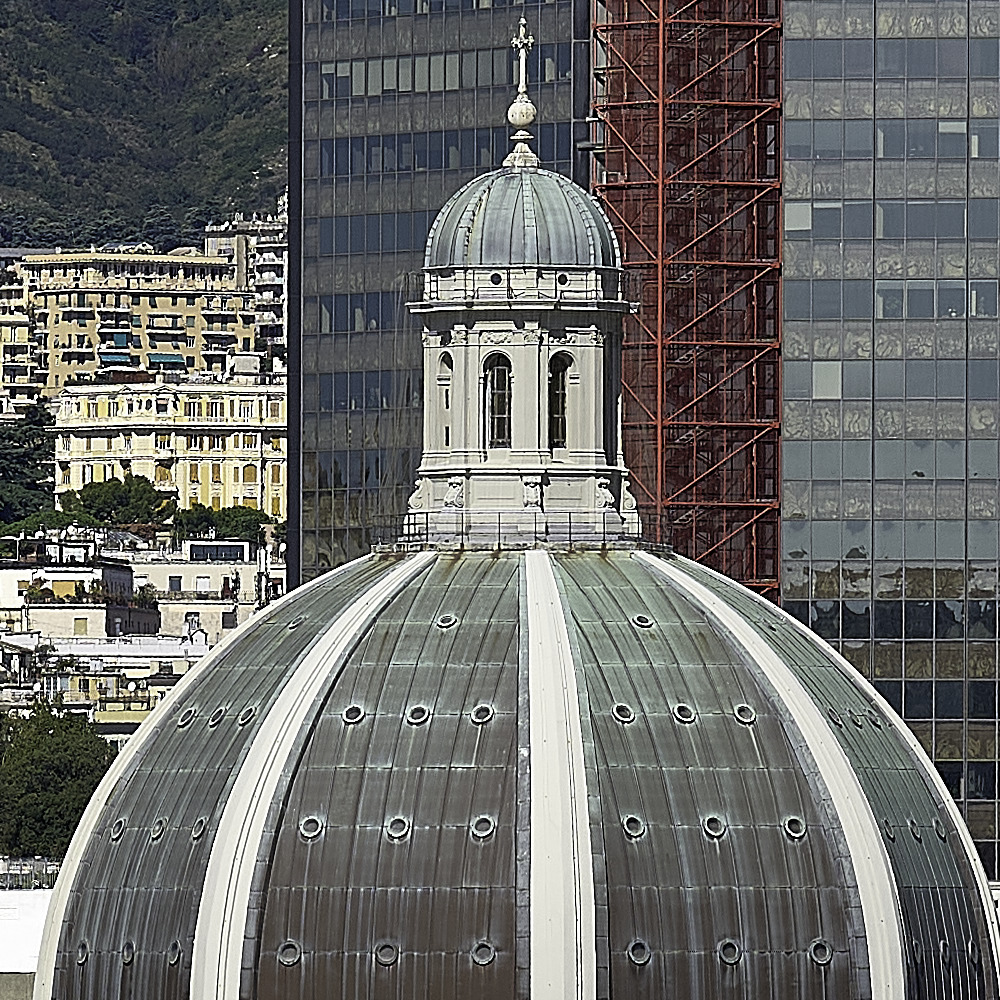 | 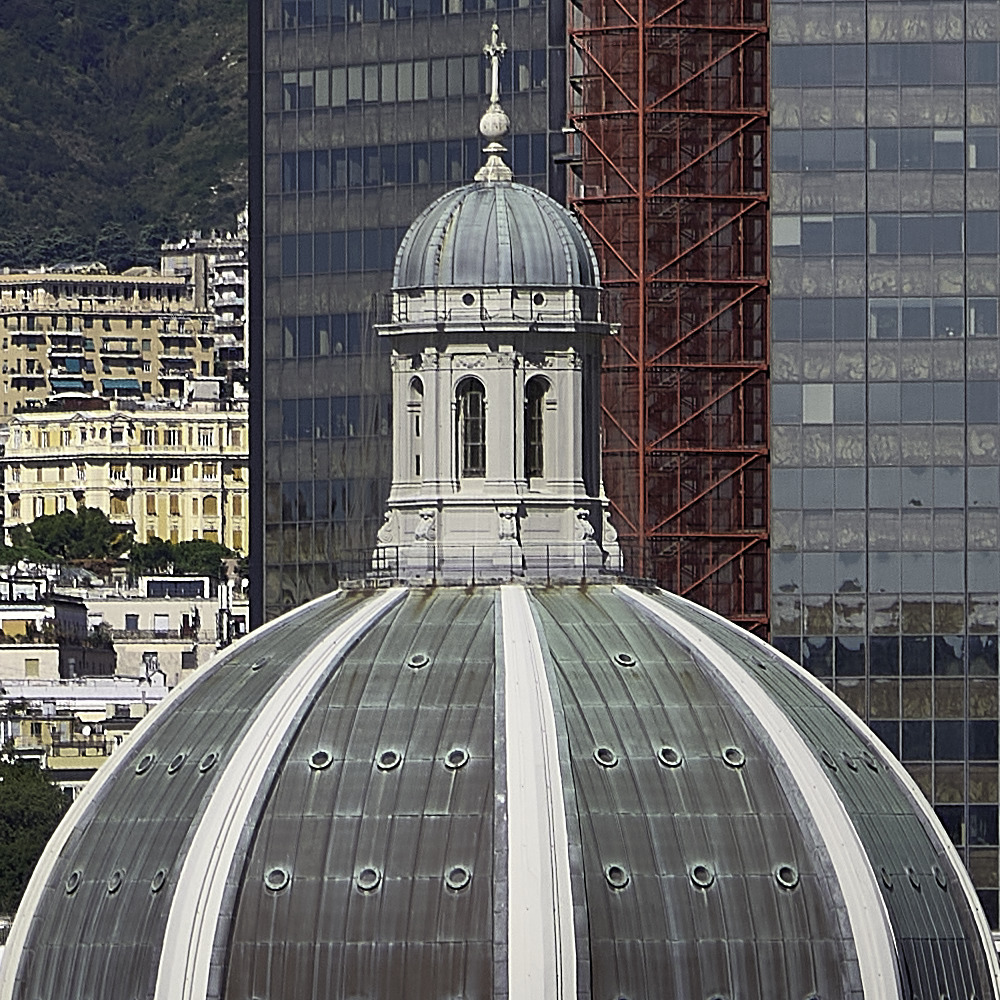 |
| S75-75f4c | S70200-75f4c |
Bokeh
Generally, without specular highlights, bokeh is creamy and not distracting, providing a very good isolation of the subject. At full aperture the depth-of-field can be very shallow: the leaves on the tree were at 1.5m from me and the DOF at ƒ/1.8 was of about 2cm, so the bark is not totally in focus. The lighting differences among the shots are due to moving foliage in the canopy. All the photos have been post-processed by reducing a bit the contrast, which is a thing I typically do.
Background foliage at a certain distance seems to be a possible source of nervous bokeh, but not always a problem. In the photo below the phenomenon is kept under control.
In the transition zone double lines sometimes appear, as in the leaves in the two photos below.
Sony α6000 + Samyang 75mm AF F1.8 FE @ 75 mm, 1/1600 sec @ ƒ/1.8, ISO 100.
L'agguato del ragno granchio.
Bokeh balls are generally pleasing; but, with spotlights, rims can appear. Unfortunately the shape is not perfectly circular already at ƒ/2.2 and you can clearly see cat eyes. At ƒ/2.8 they disappear, but the nine blades of the diaphragm can be clearly seen. Between ƒ/5.6 and ƒ/8 onion rings can be evident. Sun stars are definitely not a feature of this lens.
As mentioned above, the fist copy that I bought was returned because it had a misaligned diaphragm blade that distorted the shape of the bokeh balls. It was barely noticeable in most cases, only annoying when spotlights are a relevant part of the shot, as you can see below.
After a year of use it seems that also the second copy developed a similar problem, but so far it seems it’s not as strong as with the returned one.
Sony α6300 + Samyang 75mm AF F1.8 FE @ 75 mm, 25/10 sec @ ƒ/4, ISO 400.
Irregular bokeh balls from the returned copy.
Anyway, in many real-world cases with softer spotlights or specular highlights, bokeh balls are quite pleasing, soft and without any internal structure.
Flare
Virtually any lens can generate flares and other artefacts when pointed directly at bright light sources such as the sun, and this lens is no exception; most times the flare is light and easily fixable in post-processing, but in general it’s easy to slightly adapt the composition to completely avoid the artefacts. None of the photos below required such corrections in post-processing.
Sony α6300 + Samyang 75mm AF F1.8 FE @ 75 mm, 1/4000 sec @ ƒ/2, -1.00 EV, ISO 100.
Paesaggio con Capo Noli e barca da pesca.
Close-up
The minimal focusing distance of the lens is 69cm, for a 0.13× magnification ratio: nothing exceptional, but still good for things such groups of flowers, plants or mushrooms, that can enjoy the shallow depth of field and creamy bokeh. Also medium/large butterflies can be portrayed with this lens, maybe helping with a bit of cropping. In the butterfly photo below I could have been braver and use a wider aperture for a better blur of the rocks, but the critter gave me just a few seconds before flying away, so I preferred to stay safe.
Sony α6300 + Samyang 75mm AF F1.8 FE @ 75 mm, 1/250 sec @ ƒ/2.8, -1.70 EV, ISO 400, slightly cropped.
Sony α6300 + Samyang 75mm AF F1.8 FE @ 75 mm, 1/250 sec @ ƒ/5.6, +1.00 EV, ISO 250, slightly cropped.
Sony α6300 + Samyang 75mm AF F1.8 FE @ 75 mm, 1/2500 sec @ ƒ/2, -0.30 EV, ISO 100.
Zafferano ligure (Crocus ligusticus).
Sony α6300 + Samyang 75mm AF F1.8 FE @ 75 mm, 1/400 sec @ ƒ/2, -1.00 EV, ISO 100.
Zafferano ligure (Crocus ligusticus).
At close distance, the foreground blur seems to be quite good.
Sony α6300 + Samyang 75mm AF F1.8 FE @ 75 mm, 1/800 sec @ ƒ/1.8, -1.00 EV, ISO 100, slightly cropped.
It is possible to use extension tubes and have decent results, but at full aperture contrast is low and there are a few chromatic aberrations, so it’s better to stop down a bit.
Sony α6300 + Samyang 75mm AF F1.8 FE @ 75 mm, 1/160 sec @ ƒ/2.2, ISO 100, 16mm extension tube.
20231028-0021
Sony α6300 + Samyang 75mm AF F1.8 FE @ 75 mm, 1/250 sec @ ƒ/2.8, -1.30 EV, ISO 100, 16mm extension tube.
20231028-0060
Sony α6300 + Samyang 75mm AF F1.8 FE @ 75 mm, 1/500 sec @ ƒ/2, -0.70 EV, ISO 800, 16mm extension tube.
20231031-0004
Autofocusing and final considerations
Autofocusing speed with the Sony α6700 seems to be good, as I experienced no problems in tracking kytesurfers — but they are not the most critical moving subject I can think of.
Samyang offers a base mount that connects to a laptop by means of USB-C: it can be used for firmware upgrades and small customisations. One of them allows to reprogram the focusing ring as an aperture ring if the camera body is in autofocus mode; neat idea, but it doesn’t work with all of my bodies (α6300, α6600 and α6700). So far I couldn’t find any firmware update, so the problem is still open. Anyway, this is an optional feature that you can easily do without.
Other photos are available in the theme gallery for this lens.
